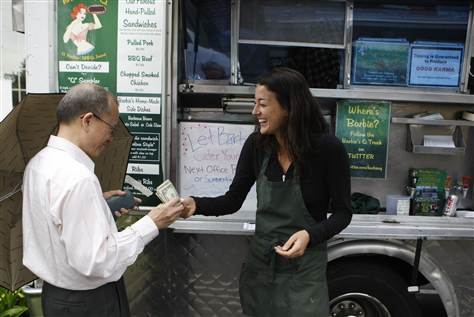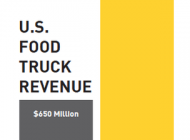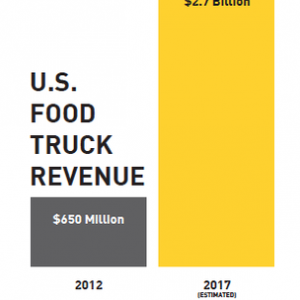
Getting into the mobile food craze and starting a food truck is not easy and staying in the game is even harder. It is not enough just to have a killer concept for the menu and think people will be lining up to get a taste of your ‘fabulous’ new invention. But following your passion and running your own business while seeing the smiles you can put on the faces of your customers can be very fulfilling and rewarding, if done right. So here are a few tips you may want to consider while taking that step into the mobile food industry.
The Business Plan
Never go into business without the proper planning and preparation. This is the single most important aspect that can make or break the whole business if not properly prepared and executed. This plan will include your strategy, competitor analysis, target market, branding, marketing strategy, financial plan, growth metrics, management and manpower requirements, and of course a potential-problem analysis in order to come up with a back-up plan in case things go wrong.
The next step would be determining the kind and size of your mobile food unit. Will you get a cart or kiosk, a trailer, or a food truck? Do you need a brand new one or will a used one do? What kind of kitchen equipment would you need? This decision would be based primarily on your budget, the size of the business and experience you have running one, and the time you will be spending running it (part-time or full-time).
Know Your Local Codes and Regulations
Another big part of starting a food truck are licenses and permits that can set you back around $10,000 depending on your area. This includes a business license, food handler certification, health certification, and fire certification. You will also most probably need the services of a commissary for food preparation and garbage disposal. Local legislation also decides where you can park your truck and sell food, so make sure you have considered all of these.
Don’t Over Do The Menu
You don’t need to be the truck with the most types of toppings on a hot dog nor do you need to have such a wide selection of main dishes, add-ons, sauces, sides, drinks, and desserts. A larger menu will naturally need more ingredients, more prep space and time, more manpower, more wastage, and thus more overhead costs. Also keep in mind your preparation time for each item. You don’t want your customers standing in line for too long. Remember that the primary draws of a food truck are convenience and quick service time.
Consistency is the key to good brand recognition. Take time to develop your core products and this will also lead to a steady core following. Also take time to develop a good location, in order to become institutionalized as part of the community. One advantage of food trucks are the immediate feedback you can get from customers, so you can easily tailor and adjust your recipes accordingly.
Also part of successful branding is the look you want for your unit and especially your logo. This also includes the look of your menu, food packaging, and other accessories. Create an over-all theme for this that can include distinct and catchy names for your food items. Just make sure that your message is communicated properly and the type of food you sell would be easily understood.
Differentiate yourself from the numerous mobile food vendors out there. Do your homework and be prepared with a comprehensive business plan to guide you every step of the way. Be aware of the limitations of city or county laws. Work on building your brand, and streamline your menu. Hopefully these tips will arm you with the knowledge and confidence in embarking into the exciting world of mobile food and in starting a food truck.
Sources:
http://www.foodbevbiz.com/2013/01/no-1-reason-for-food-truck-failures/
http://www.entrepreneur.com/article/220060#ixzz2j65ww0Lu
http://stitchesndishes.com/2013/01/the-honeymoons-over-coping-with-the-end-of-food-truck-fever/
Tags: A Food Truck Business








